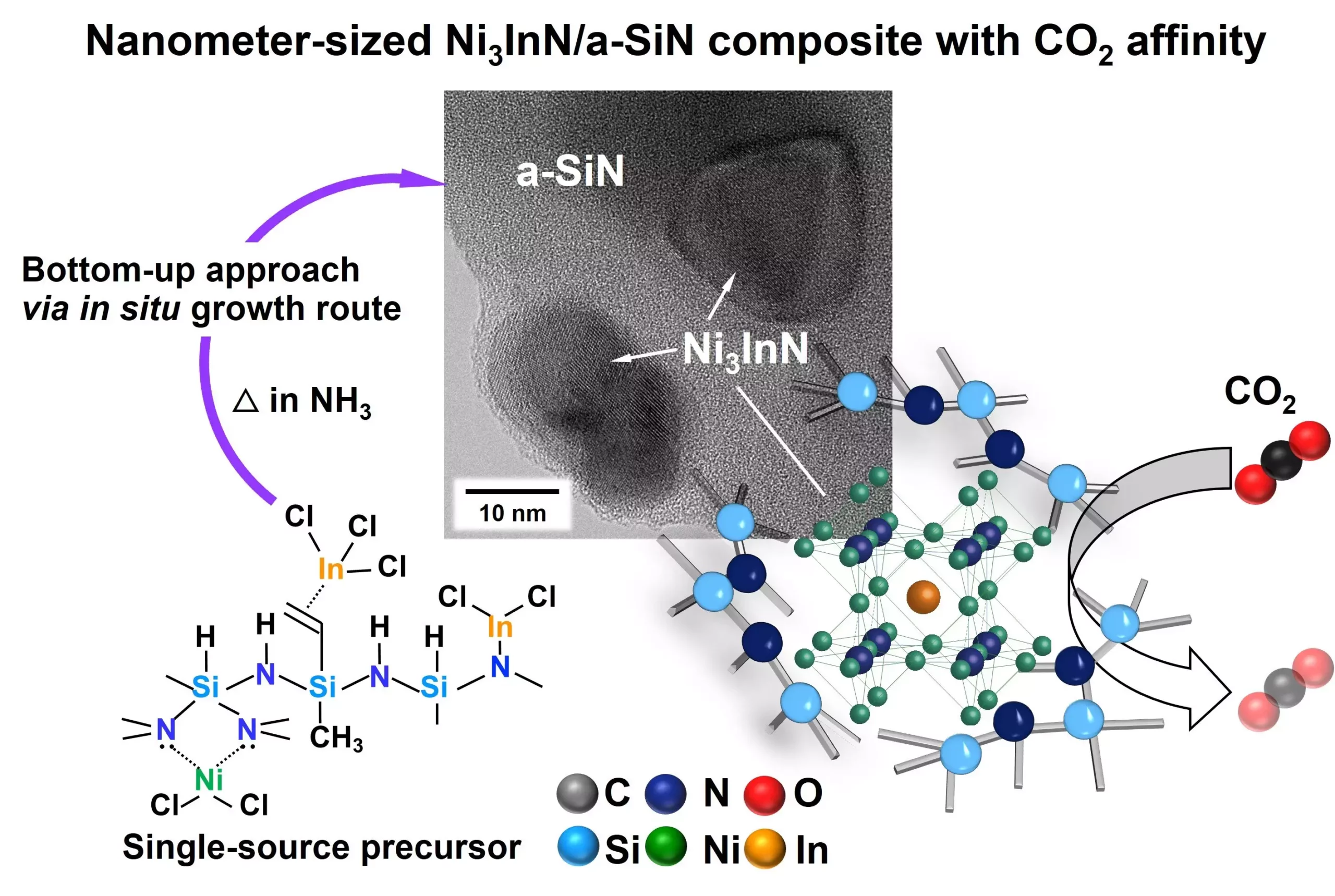In the realm of advanced materials, perovskites have consistently made headlines for their impressive properties and potential applications, particularly in solar energy and catalysis. However, it is time we shift our focus to a lesser-known but equally promising class: anti-perovskites. With an inverted electrical configuration and similar crystal structure to their perovskite counterparts, anti-perovskites are emerging as potentially transformative materials due to their unique characteristics. This includes phenomena such as negative thermal expansion, ionic conductivity, and even superconductivity.
The capabilities of anti-perovskites are particularly noteworthy when we consider their implications in catalysis, yet a significant barrier remains—the difficulty in synthesizing them at the nanoscale. Research breakthroughs are essential to overcoming this challenge, and recent work led by Professor Yuji Iwamoto and his team at the Nagoya Institute of Technology provides a promising avenue.
Innovative Advances in Synthesis Techniques
The research team developed an inventive synthesis method that integrates amorphous silicon nitride (a-SiN) with uniquely embedded anti-perovskite crystals of Ni3InN. They utilized a Polymer-Derived Ceramics (PDCs) approach that stands out for its efficiency—transforming the modified polysilazane precursor into a nanocomposite in a single pyrolysis step at a relatively low temperature of 300 °C. This method differs from traditional synthesis techniques, which often involve more complex and time-consuming processes.
Notably, this research capitalizes on the properties of multiple metal species. In an integral step, the team embedded NiCl2 and InCl3 in the precursor, yielding in situ growth of Ni3InN nanoparticles. This multimetal strategy not only simplifies the overall synthesis but also enhances the properties of the final product. As Professor Iwamoto highlights, this work represents a leap forward in developing materials that can fulfill diverse roles, particularly in catalytic applications.
Confronting Challenges with Determination
The path to this breakthrough was not without challenges. The complexities of obtaining a single-phase Ni3InN compound highlighted the difficulties inherent in materials synthesis. The researchers experienced initial setbacks using stoichiometric blending techniques. However, their resilience led them to insights about polysilazanes that ultimately allowed for the successful formation of the desired anti-perovskite. They discovered that the presence of vinyl groups hindered the migration of indium sources but successfully rectified this by incorporating excess InCl3.
This determination to problem-solve has broader implications for the field. Traditional approaches to synthesis often overlook the nuances of material interactions. By embracing a deeper understanding of these interactions, researchers can unlock pathways to previously unattainable material properties, which can change the landscape of material science.
The Path Towards Sustainable Applications
In the practical demonstration of their results, the research team showed that the a-SiN/Ni3InN composite material can adsorb and desorb CO2. This instance presents a real opportunity for clean energy applications, highlighting how these materials can both enable and enhance processes for activating and transforming small molecules into valuable compounds.
Dr. Samuel Bernard noted that this structural diversity and modifiability could spur the discovery of novel catalytic functionalities—essentially paving the way for new types of heterogeneous catalysts. Such advancements align well with global sustainability initiatives, tackling challenges related to climate change and resource management.
Looking Forward: A New Era in Material Science
As we explore the marvelous world of anti-perovskites and their potential applications, it’s clear that they represent a significant frontier in material science. While perovskites have received well-deserved attention, anti-perovskites are quietly waiting in the wings, ready to make their mark. The future of these materials could revolve around innovative synthesis techniques and applications that not only advance scientific understanding but also contribute to a more sustainable planet.
The work of Professor Iwamoto and his collaborative team illustrates a commitment to not only advancing scientific knowledge but also addressing practical issues in energy and environmental sciences. Their determination in evolving synthesis methods and exploring diverse materials lays a solid foundation for groundbreaking advancements that could very well redefine our understanding of catalysts, sustainable materials, and the future of energy solutions.

